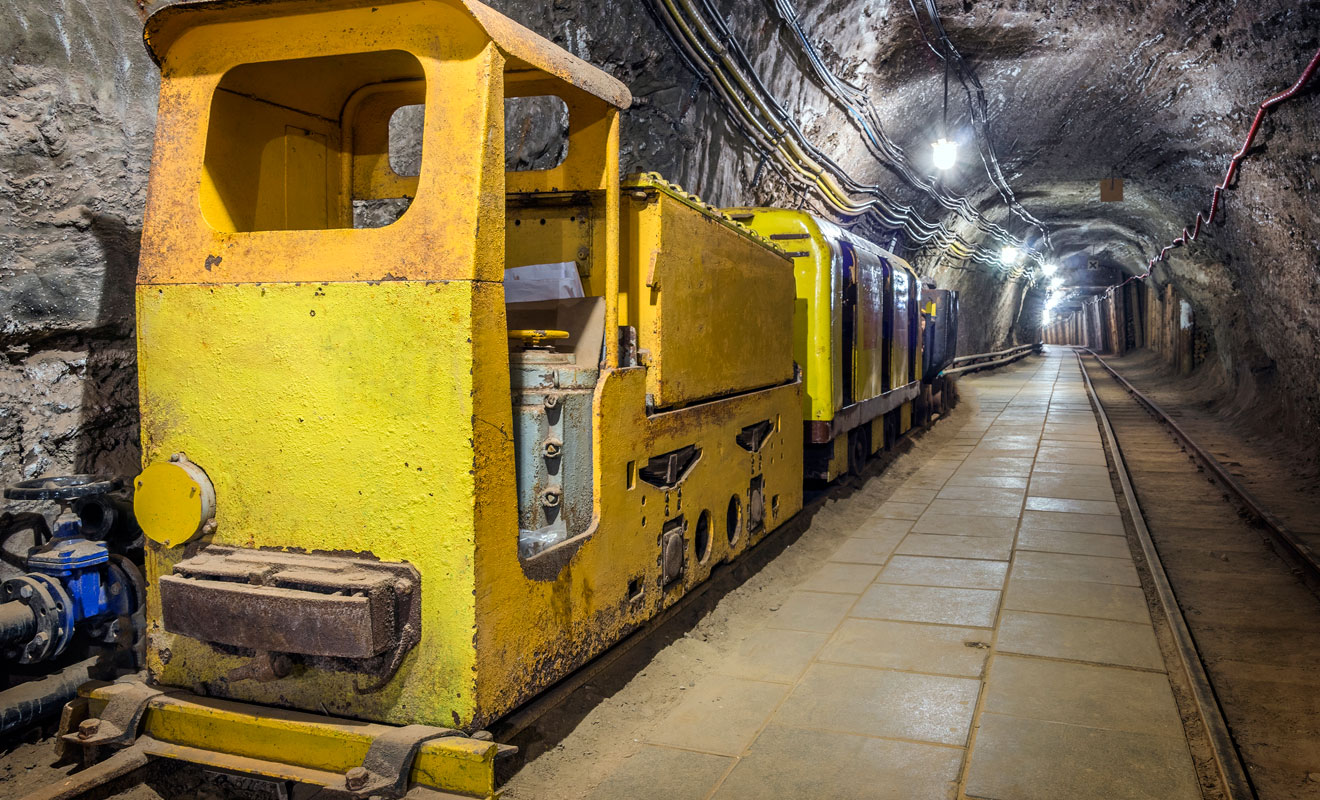The coal mining industry has always been an important component of energy supply, but with the development and use of coal mines, the problem of coal mine ventilation shortage is becoming increasingly prominent. These lack of wind, also known as coal mine gas, not only waste valuable energy resources, but also pose a threat to the environment and the safety of miners' lives. In order to solve this problem, the utilization of coal mine exhaust air has become an urgent demand.
Coal mine exhaust is the natural gas released during coal mining, mainly including methane (CH4) and small amounts of other gases, such as ethane (C2H6) and propane (C3H8). These gases are embedded in coal seams, and when coal is mined, they are released into the atmosphere along with the coal. The lack of wind in coal mines not only poses a risk to the internal safety of coal mines, but also causes greenhouse gas emissions and air quality issues to the environment.
The basic principle of utilizing coal mine exhaust gas is to capture, process, and convert the released exhaust gas into valuable energy or other products, in order to greatly reduce waste and negative impacts. The following are the main principles for utilizing coal mine exhaust air:

Exhaust capture: The primary task is to capture coal mine exhaust and prevent its diffusion inside and outside the coal mine. This is usually achieved by installing a exhaust system in the mine. These systems will collect the exhaust air from the working face, ventilation shaft, and mine roadway and send it to the exhaust air treatment equipment.
Waste air treatment: The captured waste air contains harmful gases and impurities, which need to be treated to purify the gas and remove harmful components. The treatment process includes steps such as dust removal, dehumidification, desulfurization, denitrification, and methane recovery to improve gas quality and safety.
Methane recovery: The main component in coal mine exhaust is methane, which can be recovered and utilized as a combustible gas. Methane recovery typically involves steps such as compression, storage, and transportation, converting it into natural gas or other energy sources.
Energy utilization: The recovered methane can be used as fuel to meet the energy needs of power plants, factories, or power stations. It can be used for power generation, heating, refrigeration, or other industrial processes to reduce dependence on fossil fuels and reduce greenhouse gas emissions.
There are various methods for utilizing coal mine exhaust air, depending on the composition, magnitude, and local conditions of the exhaust air. The following are some common methods for utilizing coal mine exhaust air:
Direct combustion: The capture of methane is directly burned into thermal or electrical energy. This method is simple and effective, but may result in carbon dioxide emissions.
Methane to gas: Transforming methane into synthetic natural gas (SNG) or hydrogen to meet the needs of households, industry, and transportation.
Power generation: Using methane to generate electricity, supplying electricity to the power grid or internal coal mines.
Methane heating: Using methane for heating to meet the hot water and heating needs of industry or residents.
Waste heat recovery from exhaust air: Mine exhaust air contains abundant waste heat resources. Using a heat pump system to recover waste heat from exhaust air can provide heating for wellheads and buildings, reduce resource waste, and save heating costs.
With increasing attention to sustainable energy and environmental protection, the utilization of coal mine exhaust air will become an important field. Energy companies and coal mining enterprises need to work together to promote the effective utilization of coal mine exhaust, reduce environmental impacts, create employment opportunities, and achieve sustainable energy transformation. Through continuous innovation and investment, we can fully utilize this precious energy resource and contribute to future energy demand and environmental sustainability.







Comment